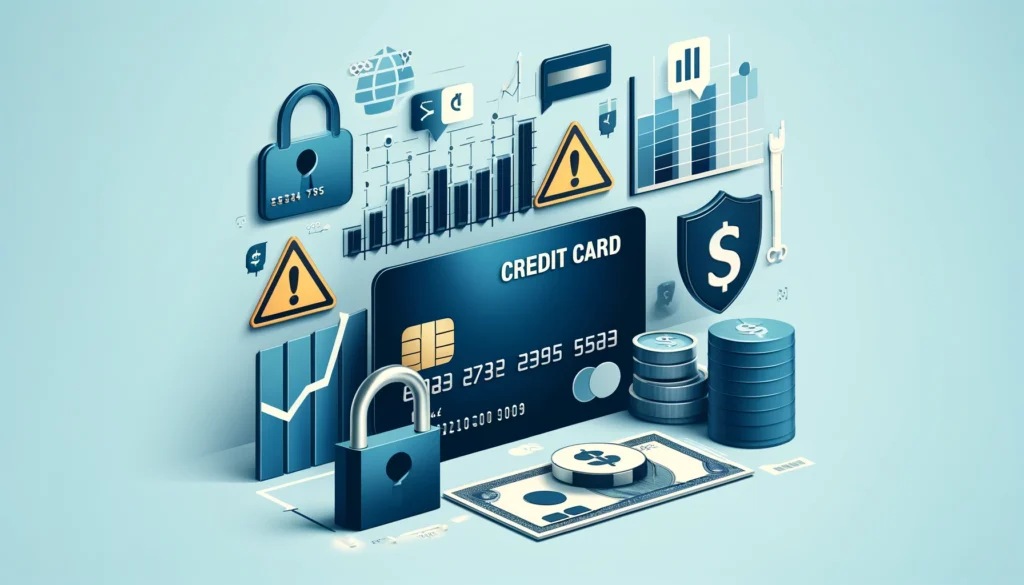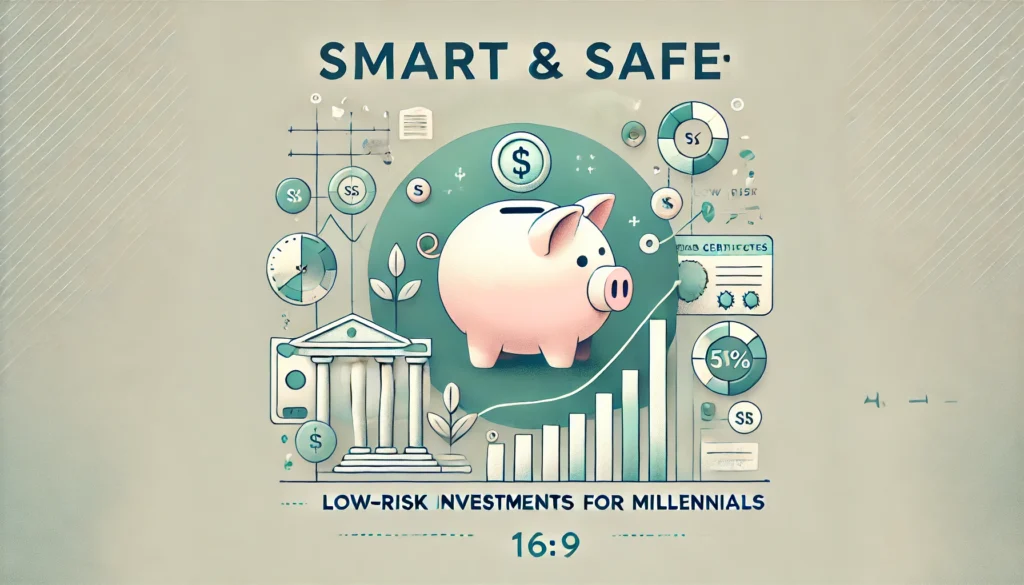Financial freedom is more than just a buzzword; it’s a life-changing goal that allows you to live on your own terms without constant money stress. As we approach 2025, now is the perfect time to craft a financial freedom plan that will help you achieve long-term financial independence. Whether you’re aiming to pay down debt, build an emergency fund, or invest for retirement, a well-structured plan can set you on the path to greater stability and peace of mind.
In this comprehensive guide, we’ll break down every step of the journey, from identifying your goals to fine-tuning your strategy. You’ll learn essential smart money management principles, discover effective budgeting tips, and explore frugal living strategies to ensure your financial roadmap is both achievable and sustainable.
1. Why a Financial Freedom Plan Matters
1.1 Defining Financial Freedom
Financial freedom refers to the state where you have enough savings, investments, and financial resources to live comfortably for life without the pressure of relying on a paycheck. It doesn’t necessarily mean you stop working; it means you have the flexibility to choose how you spend your time. If you love your job, great! But if you want to transition to part-time work or explore new ventures, having a financial freedom plan grants you that freedom of choice.
1.2 Overcoming Common Financial Challenges
Many people struggle with credit card debt, student loans, rising living costs, or a lack of saving money discipline. According to the Federal Reserve, the average American household owes thousands of dollars in credit card debt, and global inflationary pressures have impacted various English-speaking countries as well. By proactively developing a plan, you can tackle these challenges head-on.
Key Benefits of a Financial Freedom Plan:
- Establishes clear benchmarks and deadlines.
- Promotes disciplined money management.
- Minimizes financial stress and uncertainty.
- Builds a roadmap for long-term financial goals and investment strategies.
2. Setting Clear Financial Goals for 2025
2.1 Short-Term vs. Long-Term Goals
When thinking about 2025, it may seem like the near future, yet you still have enough time to implement changes that yield significant results. Distinguish between short-term objectives (within a year) and long-term goals (beyond a year). For instance, a short-term goal could be paying off a high-interest credit card debt. A long-term goal might be generating passive income through investments or acquiring real estate.
| Goal Type | Examples |
|---|---|
| Short-Term | – Pay off credit card debt – Build a small emergency fund – Create a household budget |
| Long-Term | – Invest in the stock market – Purchase a rental property – Achieve early retirement |
2.2 Using the SMART Framework
Adopt the SMART framework—Specific, Measurable, Achievable, Relevant, and Time-Bound—to keep your goals concrete. For example, instead of saying, “I want to save money,” say, “I want to save $10,000 by December 2025 by cutting unnecessary expenses and increasing my monthly contributions to my savings account.”
SMART Goal Example:
- Specific: Save $10,000.
- Measurable: Track contributions monthly.
- Achievable: Based on income and expense reduction, ensure $300–$500 can be allocated each month.
- Relevant: Tied to your overall goal of reaching financial independence.
- Time-Bound: Achieve this by December 2025.
3. Creating a Budget and Embracing Frugal Living
3.1 The Power of Budgeting
A solid budget is the foundation of any financial freedom plan. Budgeting shows you exactly how much money flows in and out, making it easier to identify inefficiencies. You may discover that you spend far more on takeout and entertainment than you realized. By making small adjustments, you can funnel these savings toward more productive uses, like an emergency fund or high-yield savings account.
Key Budgeting Tips:
- List Income Streams: Include your salary, side hustles, freelance gigs, rental income, etc.
- Track Fixed and Variable Expenses: Separate your rent, mortgage, utilities, and insurance from groceries, dining out, and leisure activities.
- Set Savings Goals: Assign a portion of your income to savings before allocating funds to discretionary expenses.
- Use Budgeting Apps: Utilize user-friendly tools like Mint, YNAB (You Need A Budget), or other apps that help you track every penny.
3.2 Implementing Frugal Living Techniques
Frugal living involves living well below your means without sacrificing your quality of life. It doesn’t require extreme deprivation; rather, it’s about making conscious spending decisions.
- Meal Planning: According to various consumer reports, households can save up to 30% on food costs by planning meals in advance and reducing impulse buys.
- Buy in Bulk: Warehouse stores or local co-ops often offer significant discounts on bulk purchases.
- Energy Efficiency: Simple measures like using LED bulbs, insulating your home, and unplugging devices can lower utility bills.
- DIY Projects: Instead of hiring someone for minor home repairs or decorations, learn basic skills through online tutorials to save money in the long run.
By trimming down daily or monthly expenses, you free up more cash to put into your investments or debt repayments—key elements of your financial freedom plan.
4. Building an Emergency Fund
4.1 Why an Emergency Fund is Essential
Unexpected financial setbacks—such as medical bills, car repairs, or job loss—can derail your progress. An emergency fund acts as a buffer, ensuring you don’t revert to high-interest credit cards or loans during hardships.
Emergency Fund Targets:
- Three to Six Months of Expenses: A common benchmark.
- Nine to Twelve Months: For those with irregular incomes or high-risk industries.
4.2 Step-by-Step Guide to Establishing an Emergency Fund
- Set a Reasonable Goal: Calculate your essential monthly expenses—housing, utilities, groceries, transportation, insurance—and multiply by your chosen target (3, 6, or more months).
- Choose the Right Account: Opt for a high-yield savings account with easy access but limited temptations to withdraw.
- Automate Contributions: Schedule recurring transfers from your checking account to your emergency fund after each paycheck.
- Reevaluate Periodically: Cost of living changes and life events (marriage, children, job transitions) might require increasing or adjusting your fund.
Having this safety net is critical for maintaining financial independence because it prevents emergencies from forcing you into debt or from liquidating assets at unfavorable times.
5. Paying Off Debt Strategically
5.1 Identifying High-Interest Debt
High-interest debts, such as credit cards or payday loans, can stifle your journey to financial freedom. The average credit card interest rate in several English-speaking countries can exceed 20%, which quickly compounds if unpaid.
- List All Debts: Include balances, interest rates, and minimum monthly payments.
- Prioritize: Focus on the debts with the highest interest first, as they grow faster over time.
5.2 Debt Repayment Methods
- Debt Avalanche: Pay extra on the highest-interest debt first while making minimum payments on other debts. Once cleared, move to the next highest-interest debt.
- Debt Snowball: Pay extra on the smallest balance first to gain psychological momentum, then move on to the next smallest debt.
Whatever method you choose, eliminating high-interest debt should be a priority in your financial freedom plan because every dollar spent on interest is one less dollar that could be invested or saved.
6. Investing for Long-Term Growth
6.1 Understanding Different Investment Vehicles
Investing is key to saving money effectively over the long term because of compounding returns. While storing cash in a savings account is essential for emergencies, it won’t grow your wealth significantly. Explore a variety of options:
- Stocks and ETFs: Offer higher growth potential over time but come with volatility.
- Bonds: Typically more stable than stocks but with lower returns.
- Mutual Funds: Diversify investments across multiple assets, managed by professionals.
- Real Estate: Provides potential rental income and capital appreciation.
- Retirement Accounts (401(k), IRA): Offers tax advantages and long-term growth; especially essential if you have access to employer-matching contributions.
6.2 Balancing Risk and Reward
An effective financial freedom plan involves balancing risk with reward based on your comfort level and timeline. Younger individuals might opt for more aggressive growth portfolios, while those nearing retirement often shift to conservative assets. Think of your portfolio as a pie; you can allocate different portions to different investment classes based on your risk tolerance.
Risk Tolerance Guidelines:
- Conservative: Greater emphasis on bonds, stable stocks, or cash equivalents.
- Moderate: Balanced allocation of stocks, bonds, and alternative investments.
- Aggressive: Higher allocation to equities for greater growth potential.
6.3 Automating Your Investments
Once you’ve set up an investment strategy, automation keeps your goals on track:
- Dollar-Cost Averaging (DCA): Invest a fixed amount regularly, regardless of market conditions.
- Robo-Advisors: Platforms like Betterment, Wealthfront, or other regional equivalents that manage your portfolio for a minimal fee.
- Employer 401(k): Contribute a percentage of each paycheck to your 401(k) or similar retirement plan, especially if matching is available.
7. Increasing Income Streams
7.1 Side Hustles and Freelancing
In addition to saving and cutting expenses through frugal living, increasing your income can accelerate your path to financial independence. Thanks to the gig economy, side hustles and freelance gigs are more accessible than ever:
- Freelance Writing or Graphic Design: Platforms like Upwork or Fiverr can help you find clients.
- Rideshare or Delivery Apps: Uber, Lyft, DoorDash, or Uber Eats offer flexible earning potential.
- Online Tutoring or Coaching: Share your expertise in language learning, test prep, or career coaching.
7.2 Passive Income Opportunities
If you prefer a more hands-off approach, explore ways to build passive income:
- Peer-to-Peer Lending: Platforms that let you earn interest by lending to individuals or small businesses.
- Dividend-Paying Stocks: Companies that distribute part of their profits to shareholders.
- Renting Out Property (or a Spare Room): Airbnb or long-term rentals can diversify your income.
- Digital Products: E-books, online courses, or stock photos you create once and sell repeatedly.
The more you diversify your income, the less you rely on a single paycheck, which directly contributes to financial freedom.
8. Monitoring and Adjusting Your Financial Freedom Plan
8.1 Regular Check-Ins
A plan is only as good as your commitment to following and updating it. Schedule monthly or quarterly reviews:
- Compare Actual Spending vs. Budget: Identify overspending and correct it.
- Review Investment Performance: Ensure you’re still aligned with your risk tolerance and goals.
- Track Debt Balances: Monitor progress in paying down high-interest debts.
8.2 Adapting to Life Changes
Life is unpredictable. Marriage, children, job changes, and even global economic shifts can impact your financial freedom plan. Be flexible and willing to pivot when needed:
- If you get a salary increase, boost your savings or investment contributions instead of inflating your lifestyle.
- If you start a family, reassess your budgeting and emergency fund needs.
- If you switch careers or start a business, plan for potential dips in income during the transition.
9. Staying Motivated and Looking Ahead
9.1 Celebrating Milestones
One key to sustaining your plan is celebrating small achievements along the way:
- Debt Milestones: Reward yourself modestly when you clear a big debt or reach a halfway point.
- Savings Milestones: Treat yourself to a dinner or a mini-vacation once you reach your first $5,000 or $10,000 in savings.
- Investment Milestones: Acknowledge when your portfolio hits certain benchmarks (e.g., $50,000 or $100,000 in investments).
9.2 Surrounding Yourself with Support
Financial freedom journeys can be challenging, especially if friends or family aren’t on the same page. Seek communities—whether online or in person—of like-minded individuals striving for financial independence. Engaging with such communities keeps you motivated, offers new ideas, and provides accountability.
Conclusion: Your Roadmap to Financial Freedom in 2025
Embarking on a financial freedom plan for 2025 may feel daunting, but by breaking it down step-by-step—establishing clear goals, following budgeting tips, practicing frugal living, and investing for long-term growth—you’ll be well on your way to achieving financial independence. Remember, success is not about one big leap; it’s about incremental, consistent progress. From wiping out high-interest debt to celebrating small wins, each action compounds over time to bring you closer to the life you envision.
Motivational Takeaway
Even if you’re starting with modest means, the key is determination and adaptability. Use the tools at your disposal—online resources, personal finance apps, or professional financial advice—to stay on track. Adjust when life changes occur, keep learning, and stay excited about the possibilities that financial freedom unlocks. By 2025, you’ll be amazed at how far you’ve come if you commit to your financial freedom plan today.
- Begin Your Plan: Start drafting or refining your budget right now. List your debts, savings goals, and potential investments.
- Set Up an Emergency Fund: Automate contributions to a high-yield savings account this week.
- Explore Side Hustles: If you’re looking to grow your income, research a few flexible side-hustle or freelance options.
- Review and Adjust: Schedule a financial check-in each month to measure your progress and make necessary tweaks.
Remember: A strong, consistent plan paired with ongoing education and motivation is the surest path to achieving financial independence. Start today, and let 2025 be the year your financial freedom truly begins!



